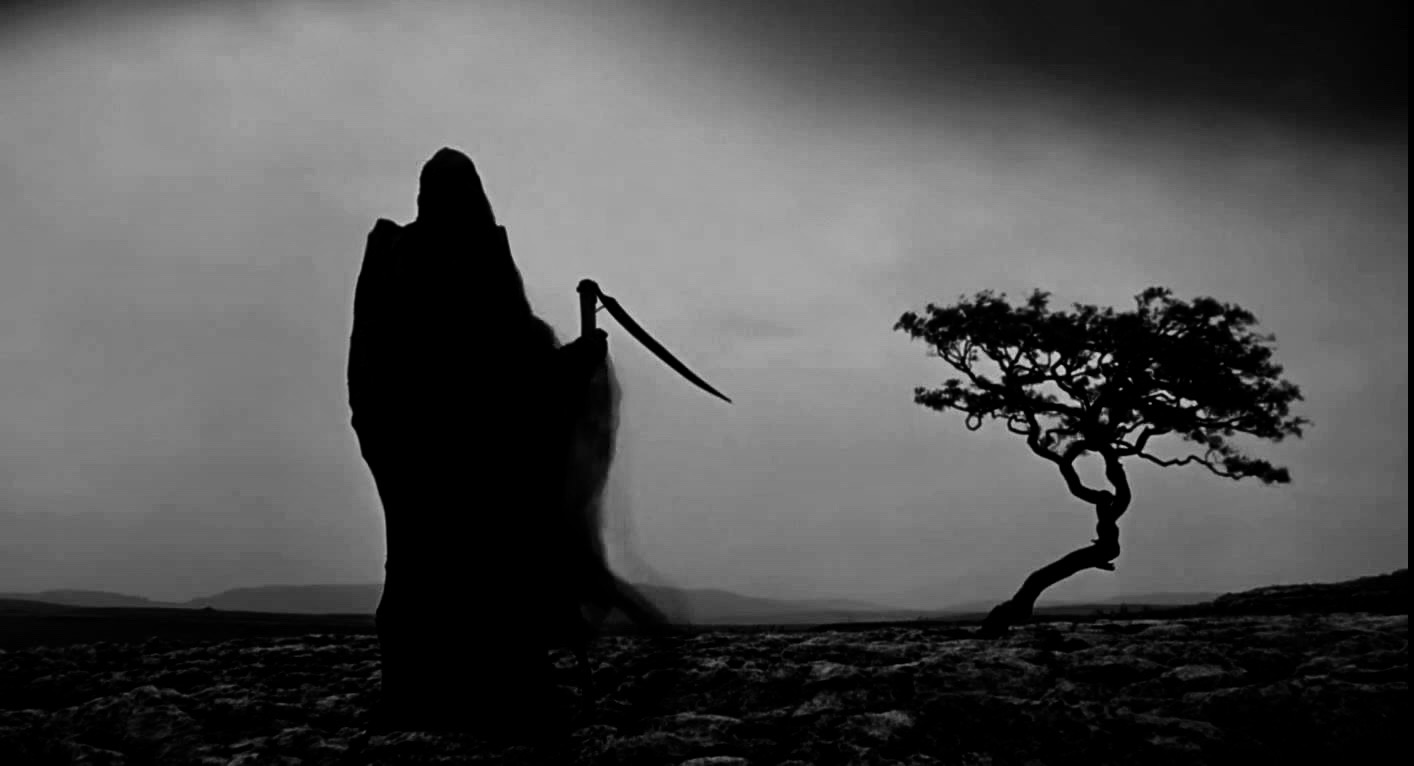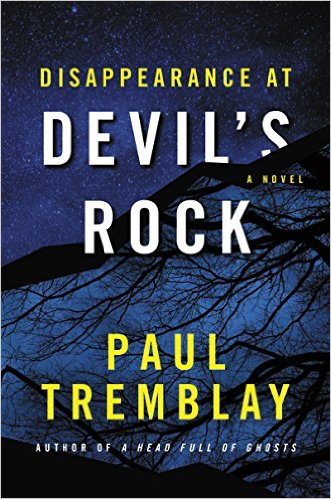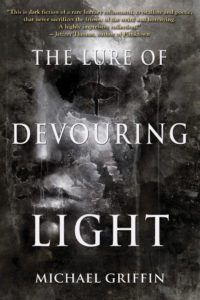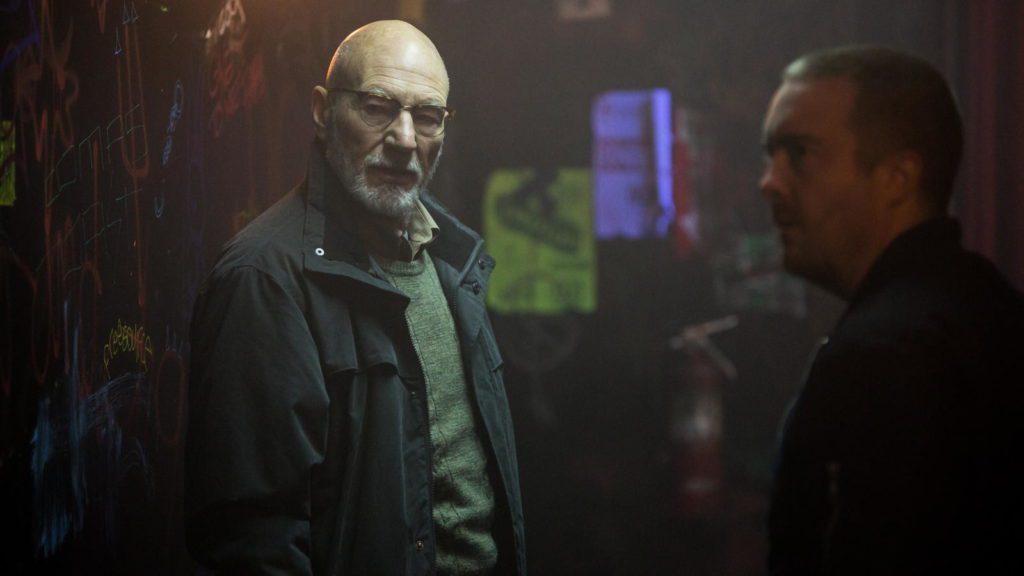 When you refer to the year in horror as it relates to 2016, it seems like a perfectly natural pairing. A lot of bad shit happened over the course of the year, political debacles aside, and we lost some of our shining stars in the music and entertainment industries. Around the world we endured multiple horrendous acts of terrorism, and it was, overall, a year of real-life horrors. The Reaper was much less than kind and he left a swath of bodies, great and small, in his wake. It seemed like every time you logged into social media there was a new stiff–or stiffs–to report and it got so it was almost frightening to even look. But as you look back on the year as it relates to dark speculative fiction, it’s easy to see that, despite all that was terrible about 2016, or maybe because of it, it was a really great year.
When you refer to the year in horror as it relates to 2016, it seems like a perfectly natural pairing. A lot of bad shit happened over the course of the year, political debacles aside, and we lost some of our shining stars in the music and entertainment industries. Around the world we endured multiple horrendous acts of terrorism, and it was, overall, a year of real-life horrors. The Reaper was much less than kind and he left a swath of bodies, great and small, in his wake. It seemed like every time you logged into social media there was a new stiff–or stiffs–to report and it got so it was almost frightening to even look. But as you look back on the year as it relates to dark speculative fiction, it’s easy to see that, despite all that was terrible about 2016, or maybe because of it, it was a really great year.
In the seventies and early eighties, the horror community experienced a major boom, seeing the Big Five publishing houses churning out novel after novel of some of the best dark fiction that’s ever been published. There was a lot of unrest in the world, arguably more than we’re experiencing even now, and the literature of terror was one of the most popular of all genres during that period. Stephen King said something to the effect that when the world is full of fear and pain, people turn to fictional nightmares to escape real-life tragedy and the savagery that humankind is so capable of. And I think he was onto something. Because as our planet and our societies become more unstable and our future uncertain, as our politics become more volatile and we feel our safety net slowly being pulled out from underneath us, we’ve also seen one of the most prolific years in horror publishing since those glorious days of yesteryear.
 One thing that’s notable about last year is the number of naysayers, most of them merely attention whores and angry wannabes, one even going so far as to blame social media for the death of spec fiction and another who tried to enter a pissing match with the great Ramsey Campbell and Brian Keene, but only succeeded in making himself look like a fool or a petulant child. But the fact that there were detractors is not what’s so remarkable about the year. We see a plethora of them every year. What makes it a point of interest for last year is the fact that they’re dead wrong, as the genre proved itself to be in better shape than it has been in decades. Mainstream, Big Five–or maybe even Six–publishing houses produced more quality horror in 2016 than they have in decades, with works like Paul Tremblay’s Disappearance at Devil’s Rock, Stephen Graham Jones’ Mongrels, and Joe Hill’s The Fireman being released by William Morrow, Not to mention the stellar breakout from Bracken Macleod, Stranded, and Lovecraft Country, the genre busting phenomenon by Matt Ruff, published by Harper. And that’s just the tip of that iceberg. We also saw mainstream releases from authors like Stephen King and Peter Straub, Christopher Golden, and Justin Cronin to name just a few.
One thing that’s notable about last year is the number of naysayers, most of them merely attention whores and angry wannabes, one even going so far as to blame social media for the death of spec fiction and another who tried to enter a pissing match with the great Ramsey Campbell and Brian Keene, but only succeeded in making himself look like a fool or a petulant child. But the fact that there were detractors is not what’s so remarkable about the year. We see a plethora of them every year. What makes it a point of interest for last year is the fact that they’re dead wrong, as the genre proved itself to be in better shape than it has been in decades. Mainstream, Big Five–or maybe even Six–publishing houses produced more quality horror in 2016 than they have in decades, with works like Paul Tremblay’s Disappearance at Devil’s Rock, Stephen Graham Jones’ Mongrels, and Joe Hill’s The Fireman being released by William Morrow, Not to mention the stellar breakout from Bracken Macleod, Stranded, and Lovecraft Country, the genre busting phenomenon by Matt Ruff, published by Harper. And that’s just the tip of that iceberg. We also saw mainstream releases from authors like Stephen King and Peter Straub, Christopher Golden, and Justin Cronin to name just a few.
 As if all of that wasn’t enough, the independent markets brought a veritable raging storm down upon us with release after release of some of the best horror fiction I’ve ever read. They gave us works from some of the largest stars in the industry and introduced us to new talents, with new and outstanding short story collections such as The Lure of Devouring Light from Michael Griffin, Sing Me Your Scars by Damien Angelica Walters, and Greener Pastures by Michael Wehunt just to name a few, and Dark Regions Press released Paul Michael Anderson’s Bones are Made to Be Broken, one of the best single author collections to come along in the last ten years. In 2016 we also enjoyed new longer form fiction from several of our favorite authors and a few unknowns as well. Stephanie M. Wytovich saw the publication of her brilliant and horrifying debut novel, The Eighth, Steve Himmer gave us an utterly unusual and unexpected treat with his novel, Scratch, and we saw new novellas from authors Josh Malerman and Philip Fracassi.
As if all of that wasn’t enough, the independent markets brought a veritable raging storm down upon us with release after release of some of the best horror fiction I’ve ever read. They gave us works from some of the largest stars in the industry and introduced us to new talents, with new and outstanding short story collections such as The Lure of Devouring Light from Michael Griffin, Sing Me Your Scars by Damien Angelica Walters, and Greener Pastures by Michael Wehunt just to name a few, and Dark Regions Press released Paul Michael Anderson’s Bones are Made to Be Broken, one of the best single author collections to come along in the last ten years. In 2016 we also enjoyed new longer form fiction from several of our favorite authors and a few unknowns as well. Stephanie M. Wytovich saw the publication of her brilliant and horrifying debut novel, The Eighth, Steve Himmer gave us an utterly unusual and unexpected treat with his novel, Scratch, and we saw new novellas from authors Josh Malerman and Philip Fracassi.
There’s no need to take my word for the health of the genre. What I’ve talked about here is an extremely bare bone sampling of all the great literature the horror world currently has to offer, and the evidence is plain to see without having to look too hard for it. More and more local bookstores are adding horror sections back to their collections and an Amazon search will turn up literally thousands of titles in the genre, not to mention the hundreds of hybrid noir/horror offerings like Laird Barron’s Man With No Name, or Richard Thomas’ Breaker, a book that isn’t technically horror but, like Jeremy Saulnier’s movie, Green Room, contains enough elements of the horrific to qualify it as far as my interpretation of “horror” goes.
 2016 has been a banner year for this dark realm that we embrace with such fiercely loving arms and to suggest anything to the contrary is pure folly. We’ve seen more and greater horror fiction than has been produced in the last five or ten years and it there’s no sign that the blood rain is going to let up soon. Already publishers and authors are announcing hundreds of upcoming publications in the genre and by all evident indications it’s just going to grow from there. So, if you’re looking for a place to escape to, a place to hide from this often terrifying world we live in, embrace your dark side and curl up with a great horror novel and maybe a glass of scotch. Or twelve.
2016 has been a banner year for this dark realm that we embrace with such fiercely loving arms and to suggest anything to the contrary is pure folly. We’ve seen more and greater horror fiction than has been produced in the last five or ten years and it there’s no sign that the blood rain is going to let up soon. Already publishers and authors are announcing hundreds of upcoming publications in the genre and by all evident indications it’s just going to grow from there. So, if you’re looking for a place to escape to, a place to hide from this often terrifying world we live in, embrace your dark side and curl up with a great horror novel and maybe a glass of scotch. Or twelve.
SHANE DOUGLAS KEENE










1 comment
Horror is alive and well. Plenty of good authors out there.
I thought the new releases from Tremblay and Malerman were duds (sophomore slumps?), but man, there were a TON of great books in 2016. Bracken MacLeod, Ed Kurtz, and Stephen Graham Jones were at the top of my list alongside brilliant novellas from James Newman, Aaron Dries and Mark Alllan Gunnells, Johm Boden, Chad Lutzke, and Kristin Dearborn.
The future is bright!